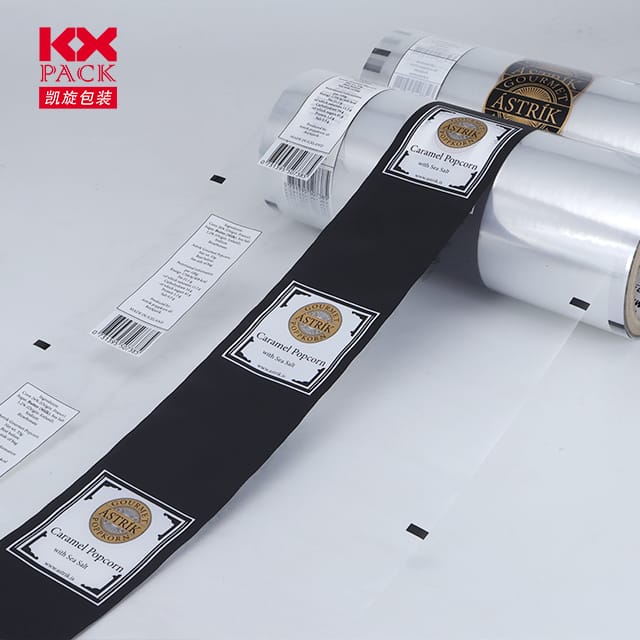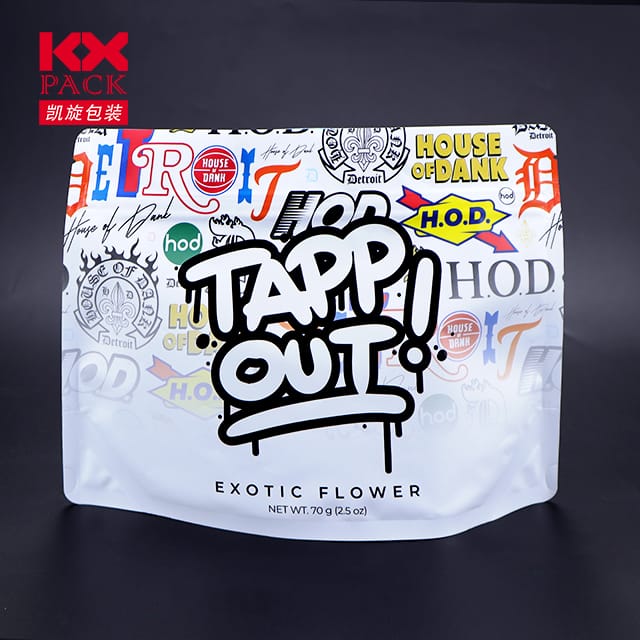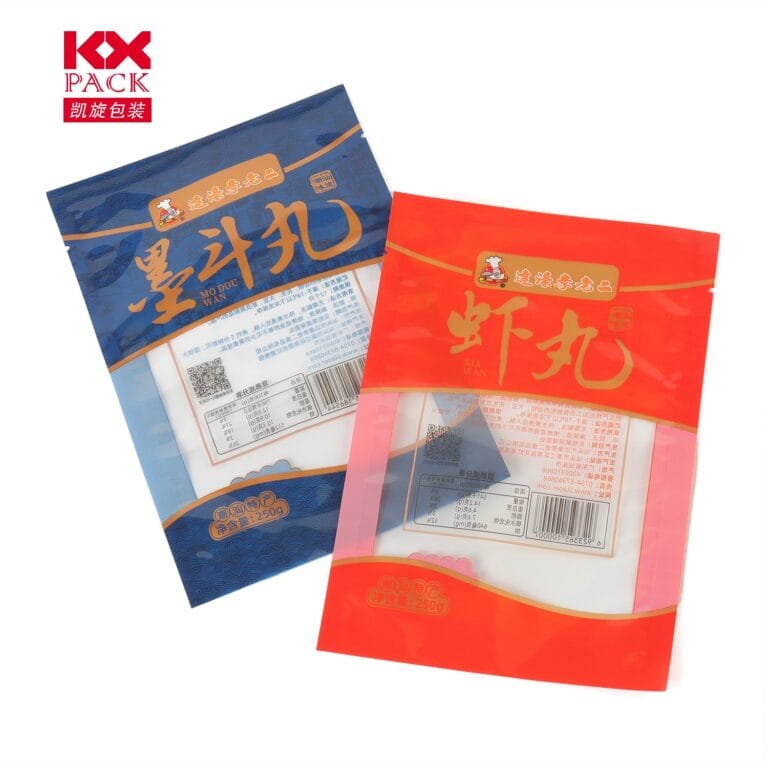La montée des emballages de films flexibles: Innovation, Durabilité, et transformation de l'industrie
Flexible Films Packaging
Dans le monde dynamique de l'emballage, flexible films packaging est devenu un changement de jeu, Rendre les industries des aliments et des produits pharmaceutiques aux soins personnels et à la logistique. Défini par son poids léger, adaptable, et matériaux hautes performances, flexible packaging now accounts for a significant share of the global market—estimated at$270.96 milliards dans 2023 and projected to grow at aTasseur de 4.8% à travers 2030. This surge is driven by its ability to meet evolving consumer demands, pressions réglementaires, et des objectifs de durabilité. Let’s explore why flexible films are becoming the packaging solution of choice.
1. Key Properties: Why Flexible Films Stand Out
Flexible Films Packaging are engineered to balance functionality and efficiency. Their defining features include:
- Lightweight and Portable: Contrairement à un emballage rigide (Par exemple, glass or metal), flexible films reduce material use and transportation costs. A single truckload of flexible films can carry the equivalent of 10 truckloads of glass jars, slashing carbon emissions.
- Barrière de protection: Advanced multilayer structures—combining polymers like polyethylene (PE), polypropylène (Bopp), or polyvinyl chloride (PVC) with aluminum foil—create impermeable barriers against oxygen, humidité, Et léger. This extends shelf life for perishables like meat and cheese by up to 50% compared to traditional packaging.
- Temperature Resistance: Flexible films withstand extreme conditions, from oven-safe pouches for ready-to-eat meals to freezer-grade films for frozen foods.
- Personnalisation: Films can be tailored to product shapes, minimizing waste and maximizing product-to-package ratios. This precision is critical for single-serve snacks, pet treats, and pharmaceutical blisters.
2. Industry Applications: From Food to Pharmaceuticals
Flexible Films Packaging have disrupted multiple sectors by offering cost-effective, high-performance solutions:
- Nourriture & Boisson: The largest market segment, flexible films dominate snack packaging, Enveloppements de produits frais, and microwaveable meals. Par exemple, stand-up pouches with resealable zippers reduce food waste by keeping contents fresher longer.
- Nourriture pour animaux: Innovations like lightweight treat packs and bulk sacks with odor-barrier layers cater to pet owners’ demands for convenience and freshness.
- Soins de santé & Pharmacy: Sterile, tamper-evident blister packs and peelable pouches ensure drug safety and compliance with strict regulatory standards.
- Logistique & Commerce électronique: Durable, puncture-resistant films protect goods during shipping, while shrink-wrap films secure pallets for efficient transportation.
3. Durabilité: The Driving Force Behind Adoption
À mesure que les préoccupations environnementales montent, flexible films are evolving to meet circular economy goals:
- Reduced Carbon Footprint: Manufacturing Flexible Films Packaging requires 60% less energy than rigid alternatives like glass. Their lightweight nature also cuts fuel consumption during shipping.
- Recyclable and Compostable Options: Innovations like mono-material PE films and plant-based compostable films (Par exemple, NATIVIA® by Taghleef Industries) are gaining traction. Some brands now use 100% contenu recyclé in their films.
- Waste Reduction: Flexible Films Packaging generate 80% less landfill waste than rigid packaging due to their efficient material use.
Cependant, Des défis restent. Multi-layer films, while high-performing, are often non-recyclable. Industry leaders are investing inrecyclage chimique etadvanced sorting technologies to address this gap.
4. Future Trends: What’s Next for Flexible Films?
The market is poised for transformative growth, conduit par:
- Emballage intelligent: Integration of IoT sensors to monitor freshness or QR codes for supply chain transparency.
- Advanced Adhesives and Substrates: New laminations improve barrier properties without adding thickness, enabling thinner, stronger films.
- Conformité réglementaire: Stricter eco-laws (Par exemple, Directive plastique à usage unique de l'UE) are pushing brands to adopt sustainable films.
- Commodité pour le consommateur: Refermable, easy-open, and single-dose designs cater to on-the-go lifestyles.
Conclusion: Flexible Films as the Future of Packaging
Flexible films packaging is no longer just an alternative—it’s a necessity for brands aiming to stay competitive in a fast-paced, eco-conscious market. By combining innovation, durabilité, et polyvalence, these materials are redefining how products are protected, présenté, and preserved. À mesure que la technologie progresse, expect flexible films to become even smarter, plus vert, and more integral to global supply chains.
Ready to embrace the future of packaging? Que vous soyez propriétaire d'une marque, manufacturer, ou consommateur, the shift to flexible films is a win for efficiency, durabilité, and the bottom line.
Sources: Flexible Packaging Association, AMI Plastics, Taghleef Industries, Market Research Reports (2023–2030)






